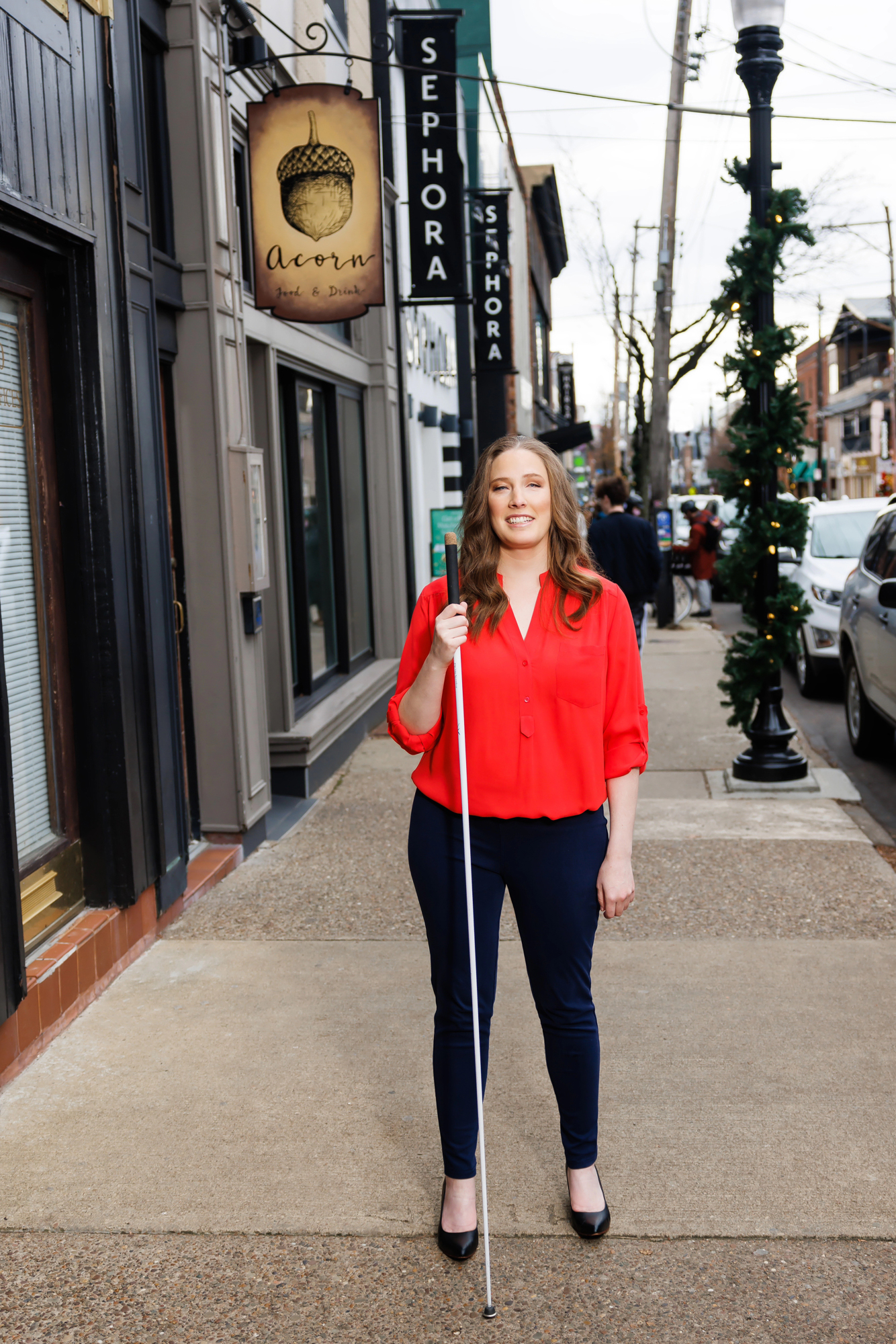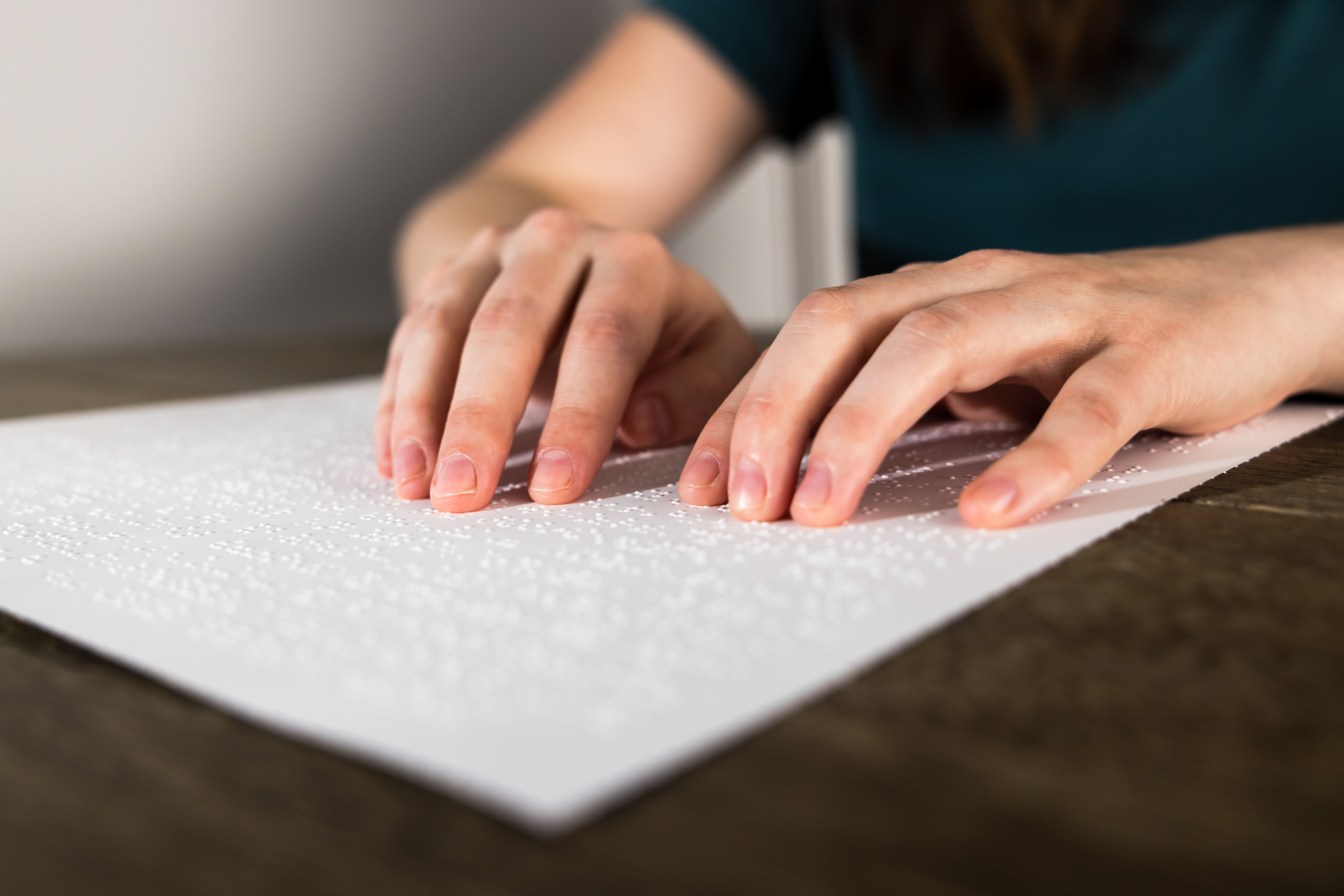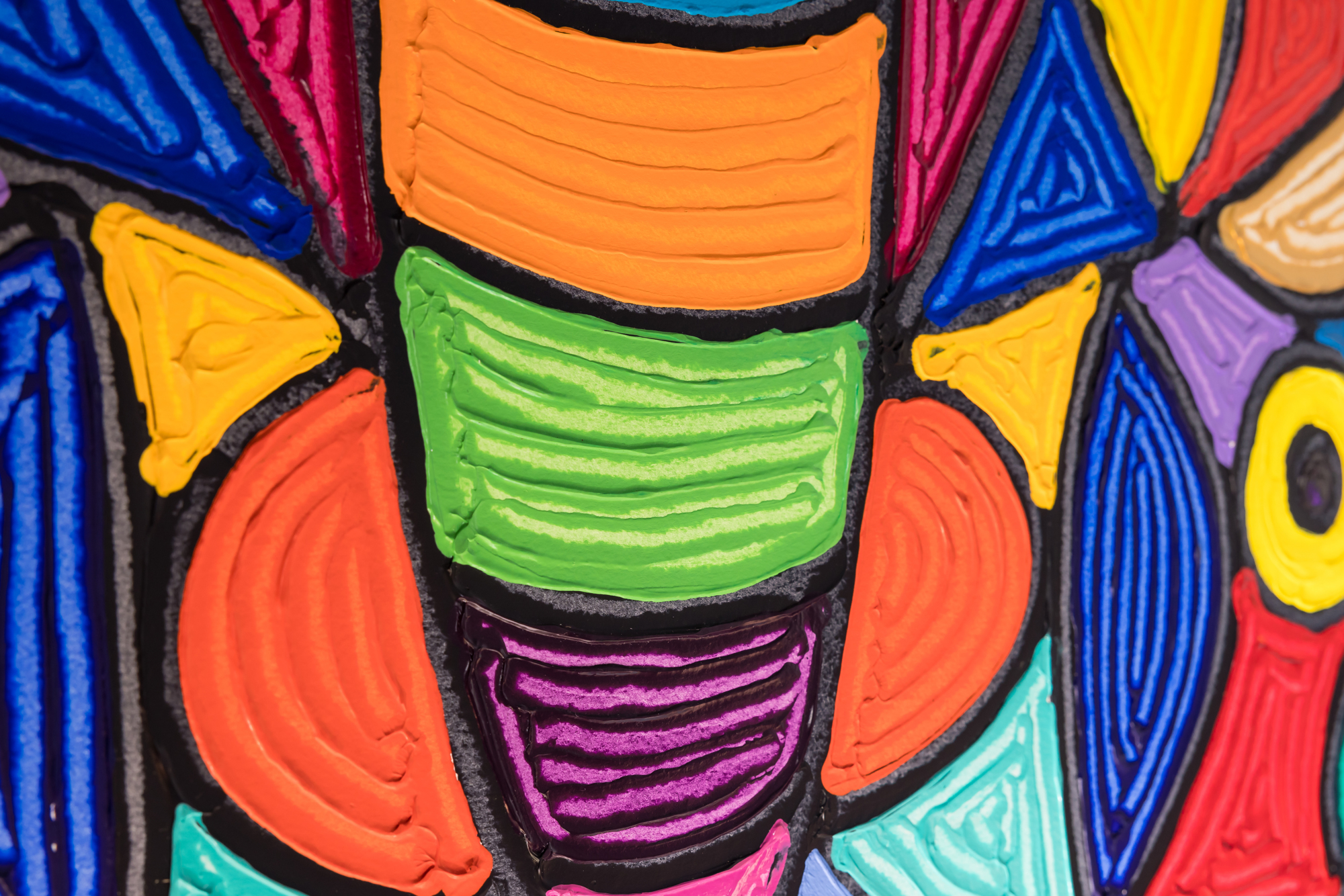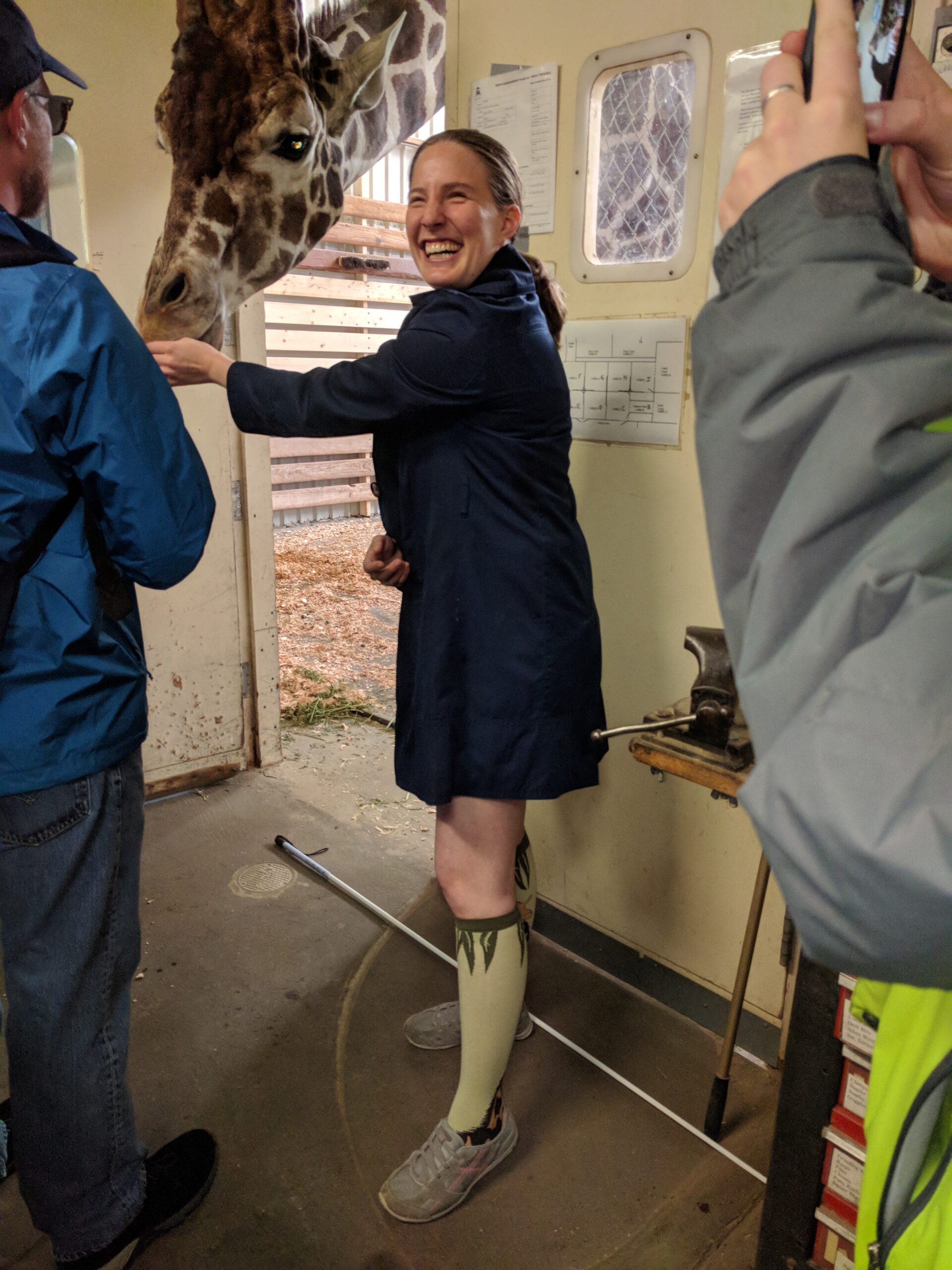About me and Public Scholarship
 Here you can learn about:
Here you can learn about:
- Mentoring
- How I prefer to be represented
- Publicly available media samples
- Accessibility events I’ve facilitated
- Some of my favorite things
Mentoring
I am not currently accepting students or long-term mentees.
I make some time for short-term mentoring and networking chats. I equitably reserve time for people who experience ableism, that is, people who have or who are coded to have disabilities, chronic illnesses, mental health or medical conditions, and people who are negatively racialized and/or gendered in ways that systemically impact their participation, success, and wellbeing in academic, research, and/or tech industry environments. Please understand that I may need to schedule a few weeks out and sometimes I cannot take meetings.
Representing Me in Writing and Speaking
Please use my preferred language when you write or talk about me.
- Call me Cynthia Bennett in professional writing and introductions. I go by Cindy socially.
- Use she and her pronouns in absence of my name.
- When describing my appearance, you can use this phrase: “Cynthia is a blind, white woman.” I am comfortable if my disability, race and gender are mentioned; this is actually important for nonvisual representation. This is my preference and others may be unsafe or uncomfortable to prefer such positioning.
- Use identity first disability language when writing or speaking about me; I am blind and disabled. I understand that articles about people with disabilities more broadly will use both person and identity first language.
- Formally introduce me as Dr. Bennett. Do not use Ms. or Mrs. I generally do not prefer honorifics unless they are in line with the culture of the organization or if I am presenting at a large or formal event.
Media Examples
Public dissemination of knowledge is especially important to me, and I am particularly interested in connecting with people with disabilities. Check out some of my recent public engagement.
- May 2021: Access Is… (starting at 35:00), my keynote arguing that accessibility is a process, not a product, requiring structural support and collective participation. Slides are here.
- June 2021: The Process of Inclusive design (My excerpt starts at 13:00), a session at Apple’s Worldwide Developer Conference with Caroline Cranfill and Sabrine Rekik.
- May-August 2021: I talked about AI-bias and disability-informed design on the Good Robot and Radical AI podcasts.
- October 2021: Panelist for By whom and for whom? AI Ethics, Power, and the Problem of Representation at the festival, When Machines Dream the Future by theGoethe-Institute and the Hygiene-Museum Dresden, Germany (virtual). Panel moderated by Renata Avila and and co-panelists included Tiara Roxanne and Nishant Shah.
- March 2021: Designing with Accessibility in Mind, Panelist at TechCrunch Justice Sessions.
- March 2021: HCI & Justice: Putting Ethics and Inclusion at the Forefront of Design, Panelist at University of California’s Women in Tech Symposium.
- July 2020: Authentic Intelligence: A Blind Researcher Bringing Wisdom to the Future of Technology Innovation, speech at the National Federation of the Blind’s 2020 National Convention.
Accessibility Events I’ve Facilitated
From April 2020 through August 2021, I co-lead Access Lunch, a series of reading groups and guest speakers on accessibility and disability at Carnegie Mellon University’s Human-Computer InteractionInstitute. Here are links to four of our events that I curated and moderated.
-
- Nonvisual Soldering and Physical Computing with our invited panelists who are nonvisual making and accessibility experts Chancey Fleet, Josh Miele, and Lauren Race. Check out the relevant documentation on Accessibility Tools for Physical Computing.
- The Accessibility Gap for Tech Users and Developers by chemical engineer Emily Ackerman. (University of Pittsburgh.)
- Post-HCI Ph.D. Career Experiences in Industry and Independent Consulting interview with accessibility consultant Michele Williams.
- Universal Design for Learning with panelists accessible STEM education expert Brianna Blaser, (University of Washington Disabilities, Opportunities, Internetworking, and Technology), computer science education consultant Meg Ray, and education researcher Sara Schley (Rochester Institute of Technology).
Some of My Favorite Things
Here are photos of some things that bring me joy.

Braille is extremely important to me. It is my literacy. Unfortunately, many blind and low vision children are either entirely cheated out of braille instruction or are pervasively under-supported. Many professional training programs do not expect educators of blind children to become braille literate and ableism guides the low expectations they are taught to have of blind children more generally. Promoting braille literacy is one of my most important callings, and reiterating to my peers in the tech industry that braille is irreplaceable is unfortunately part of this activism. Please be mindful of how you promote your accessibility work and please support foundational braille literacy and braille book production as you can. Photo by @MissyTimkoPhoto.

I love art, but I am excluded from most artistic experiences. The rhetoric underpinning common rules around how to engage with art reenforces an ableist and narrow type of engagement, often relegating tactile exploration and joy as taboo, sensory engagement that serves to compromise or deteriorate art. In resistance, I am building a collection of art, including this tactile and colorful butterfly painting, that is meant to be touched, and which I hope brings people tactile joy. I am more generally committed to supporting disabled artists. Photo by @MissyTimkoPhoto.

me hugging the globe
If I could convert my walls into giant tactile maps, I would. This might happen one day. For now, I hold happy memories of the time I explored the Perkins School for the Blind’s giant tactile globe. Constructed in the 1830’s, the globe has a circumference of 13 feet. Reflecting on the artifact’s politics, I learned that Puget Sound in the Northwest United States had not been mapped at the time the globe was made, and its preservation creates particular experiences that align with predominant global north valuing and global south subversion. Specifically, the globe is locked in place to preserve its axis. While I could walk around the globe to explore its northern hemisphere, dedicated exploration of the southern hemisphere required that I kneel and lay on the ground.

I got to feed Dave, a giraffe at Seattle’s Woodland Park Zoo.